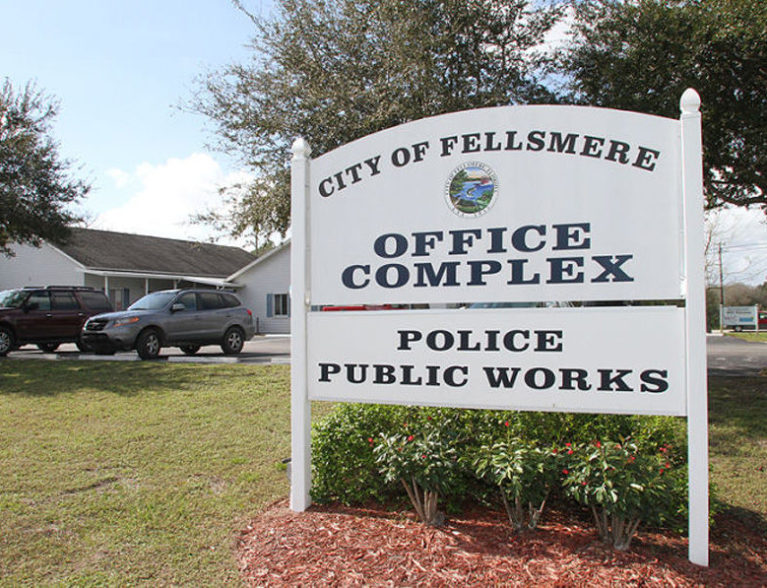
FELLSMERE — With recent changes at the state level, the City of Fellsmere expects to take back local control over its future development plans, particularly those pertaining to the Villages of Fellsmere development.
Four years after a state stipulated agreement with the city over the 30-year development plan, what was the Department of Community Affairs is now the Department of Economic Opportunity, which has indicated an interest in only overseeing items under the state’s purview – transit, state waterways, state parks, and the like.
“I don’t think there’ll be much issue,” said Community Development Director Mark Mathes, adding that the state doesn’t have an interest in which of the four villages is developed or where, precisely, it gets built.
The Villages of Fellsmere, a concept from the landowners Fellsmere Joint Venture, is an 18,000-acre planned development that surrounds the Fellsmere city core to the south and west, and stretches north to the Indian River-Brevard countyline.
The development, when fully built out, would have no more than 19,750 homes and no less than 4 million square feet of non-residential commercial space.
The plans call for four villages, each with a village center for shopping and jobs and a village neighborhood for residential development.
Each village would have a space set aside for an elementary school that would be built as student demand dictates. One village would also have a middle school site to handle the student population. A high school site, too, is planned in the southeast corner of the overall project – not in a village – to accommodate students both in Fellsmere and the surrounding Indian River County areas.
There will also be no more than four “hamlets,” which are approximately a quarter of the size of villages, providing the overall development with a variety of residential lot sizes. Hamlets would allow a residential density of one or two homes per acre, while villages would allow as many as 3.2 homes per acre.
To maintain developmental balance, the City is requiring a minimum of 4 million square feet of non-residential development – commercial, industrial and the like. Most of that space would be focused on “employment activity centers” located in a couple areas within the project.
One such area would be near where the Florida Organic Aquaculture site has located at the south bend of County Road 512.
After going over several changes to the proposed comprehensive plan that lays the groundwork for project, the Fellsmere City Council agreed to send the plan up to the state for its review to get the ball rolling.
Some Council members did raise questions about various aspects of the project and requested a joint workshop be scheduled between the Council and the Planning and Zoning board to further review the changes and refresh everyone’s memories of the annexation agreement still being processed for Fellsmere Joint Venture.
One such issue to arise was a discussion pertaining to accessory dwelling units – often referred to as “mother-in-law suites” or “granny flats.”
Currently, the City’s code does not allow such units, though there are some existing in the City.
“Technically, they’re not allowed in the city,” Mathes said.
Mayor Susan Adams encouraged staff to work on an ordinance that would allow accessory dwelling units because they are planning to allow them in the Villages of Fellsmere.
The Council will also have to decide whether or not to count the units toward the Villages of Fellsmere’s total residential units. If the Council chose not to, the number of units could – in theory – double.
Fellsmere area resident Joe McManus addressed the Fellsmere City Council to ask a couple clarifying questions, including any proposed changes to 77th Street. The plan does not call for modifying 77th Street.
“Good work,” he said. “I like what I see.”
Fellow Fellsmere area resident William Jones, too, addressed the Council, asking if there were a rush to get this done.
Mayor Adams told Jones that while it could be as little as 70 days before the Council holds its final public hearing on the issue, no construction will be able to begin immediately.
Once the state signs off on the comprehensive plan, the City has to hold a final public hearing and then can get started on reviewing development orders and conditional use permits and other regulatory measures needed before dirt can be moved.
“If nothing else, we obsess and obsess,” Mayor Adams told Jones, referring to the Council’s desire to make sure it fully understands the ramifications of the decisions it makes.
“This is a huge project,” she added, explaining they want to make sure it integrates into the existing Fellsmere so there is no “Fellsmere A and Fellsmere B.”



